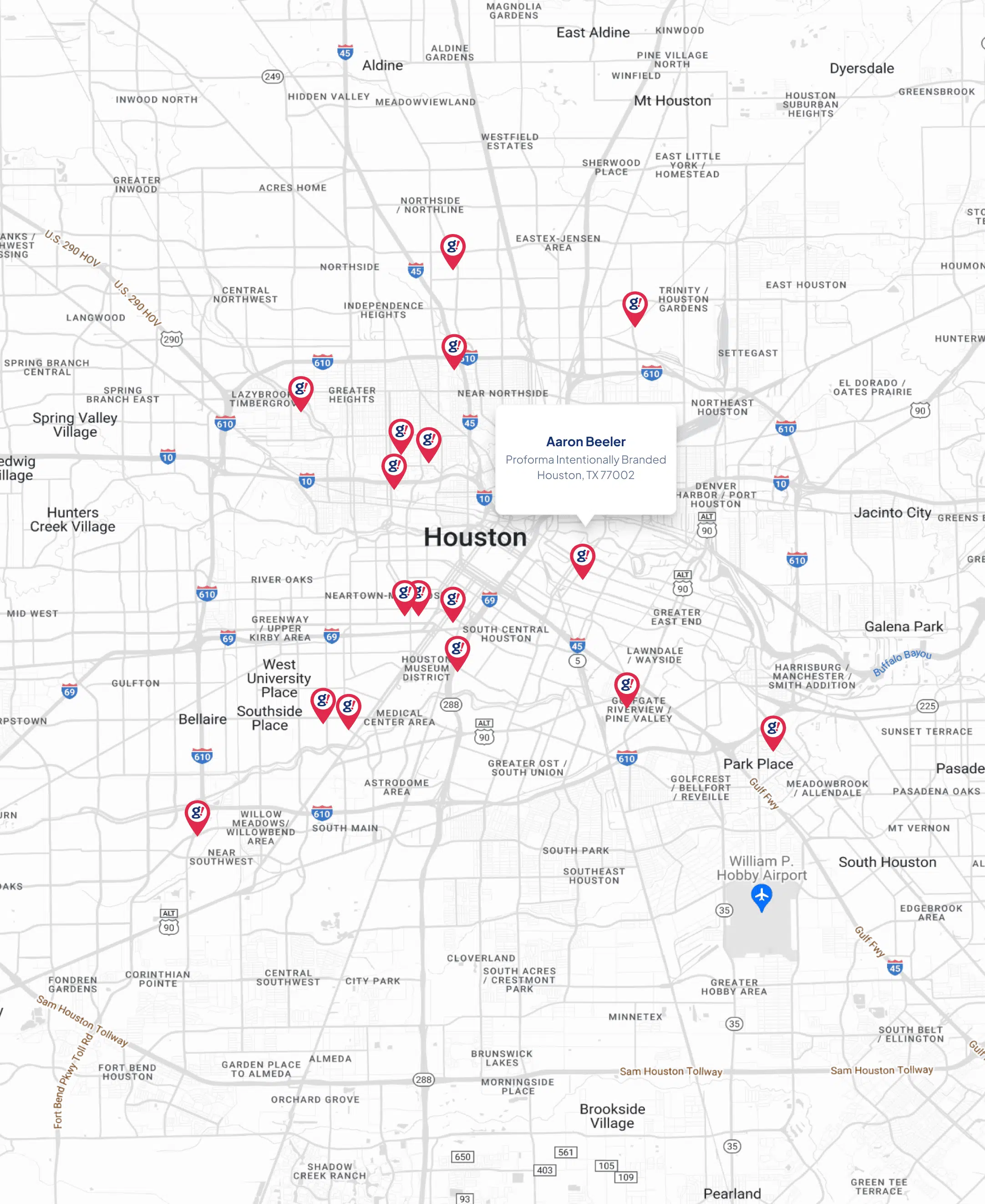The world of web design is evolving faster than ever, driven by emerging technologies that are setting new standards for user interactivity, personalization, and engagement. Innovations in Artificial Intelligence (AI), Augmented Reality (AR), and Virtual Reality (VR) are reshaping what’s possible, creating websites that are dynamic, immersive, and intelligently responsive. Let’s explore how these technologies are shaping the future of web design and redefining user experience.
Artificial Intelligence (AI) in Web Design
AI is making a tremendous impact on web design by optimizing how sites are built, personalized, and optimized for user interaction. Here’s how:
Automated Design Processes: AI-powered design tools, such as Adobe Sensei and Wix’s ADI (Artificial Design Intelligence), are transforming web development by automating layout and content generation. This automation speeds up the design process and allows designers to focus on more strategic tasks, making web design faster and more accessible.
Data-Driven User Personalization: AI enables highly personalized experiences by collecting and analyzing user data to tailor site elements to individual preferences. For example, AI can track browsing habits to adjust content, product recommendations, and even visual elements, creating an experience that feels customized for each user. This personalization significantly improves engagement and retention.
AI-Powered Chatbots and Virtual Assistants: AI chatbots have become standard on websites across various industries. These virtual assistants can handle inquiries, provide recommendations, and offer real-time support, significantly enhancing the user experience. Chatbots are particularly valuable in eCommerce, where they guide users through the shopping journey, answer questions, and help with product selection—all while operating 24/7.
SEO Optimization and Content Insights: AI tools like Jasper and SurferSEO assist in content optimization, enhancing visibility and ranking on search engines. These tools analyze keywords, suggest content improvements, and even forecast performance, making AI invaluable for driving organic traffic.
Augmented Reality (AR) and Immersive User Experiences
AR is adding an entirely new dimension to web design by blending digital information with the physical world. Here’s how AR is elevating the user experience:
Enhanced Product Previews: AR allows users to visualize products in their environment before purchasing. Retail giants like IKEA and Amazon use AR to let customers “place” furniture or décor in their homes through their devices. This not only makes shopping more interactive but also boosts buyer confidence.
Interactive and Engaging Content: AR transforms static web elements into dynamic, interactive features. Users can engage with content in a way that feels tangible and memorable. For example, brands can use AR to create interactive ads or product demos, leading to higher engagement rates.
Accessible AR Through Web Browsers: Traditionally, AR required dedicated apps, which created barriers to adoption. However, advancements in WebAR technology are making AR accessible directly through web browsers, eliminating the need for app downloads. As this technology advances, we can expect more websites to incorporate AR for seamless, immersive experiences that are easy for users to access.
Virtual Reality (VR) in Web Design
While VR is often associated with gaming, it’s finding new applications in web design, creating fully immersive digital experiences that offer a “hands-on” feel.
Creating Immersive Environments: VR allows websites to offer digital spaces where users can interact as if they were physically present. Real estate, for example, has adopted VR to provide virtual property tours, allowing potential buyers to explore properties remotely. Similarly, travel sites can use VR to give users a “taste” of destinations, creating an emotional connection that drives engagement.
Enhanced User Interaction: VR takes interactivity to new levels, encouraging users to engage deeply with content. Through 3D navigation and interactive elements, VR-driven web pages can guide users through virtual product demonstrations or educational experiences that foster a greater understanding of the brand or product.
VR for eCommerce and Learning: VR is proving particularly useful in eCommerce and e-learning. In online retail, VR allows users to “try on” products like clothing and accessories, bridging the gap between physical and digital shopping. For education, VR can create virtual classrooms and simulations, making online learning more engaging and effective.
How These Technologies Impact UX and UI
The incorporation of AI, AR, and VR in web design significantly impacts both UX (user experience) and UI (user interface) design by pushing designers to rethink how they structure and deliver content:
Shaping User Expectations: As users become accustomed to smarter, more immersive websites, their expectations for interactivity and personalization grow. Designers must now consider how to incorporate AI-powered features and AR/VR elements without sacrificing usability or accessibility. Sites that fail to meet these evolving standards risk being seen as outdated or unappealing.
Balancing Performance and Accessibility: Adding AR/VR and AI components can increase load times and create accessibility challenges. Designers must balance these rich features with performance optimization techniques, such as lazy loading and responsive design, to ensure fast and inclusive experiences. This balance is crucial as users expect quick-loading, visually engaging sites that are accessible across devices.
The Future of Web Design is Here
The future of web design is undeniably exciting, shaped by technologies that empower users to interact with sites in more personalized, immersive ways. AI, AR, and VR are not just trends; they’re transforming web design into a realm of intelligent, responsive, and engaging digital experiences. As these technologies continue to evolve, forward-thinking designers and businesses will leverage them to create the next generation of websites that captivate, inform, and convert.
By staying attuned to these advancements and thoughtfully incorporating them, you can ensure your website remains competitive, relevant, and ready for the future.








